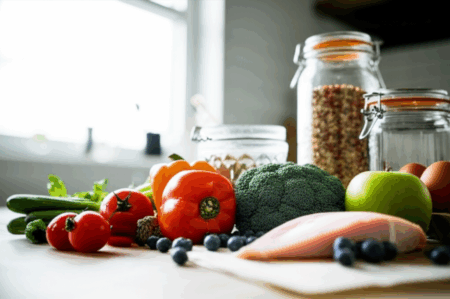Cellulite, often described as an “orange peel” or “cottage cheese” texture on the skin, is a common concern, affecting a vast majority of women after puberty, as well as some men. While genetics, hormones, and lifestyle factors play a role, your diet has a noticeable impact on its appearance. Understanding which foods can exacerbate cellulite is the first step towards minimizing its visibility and promoting smoother, healthier skin.
Cellulite forms when underlying fat deposits push through the connective tissue beneath the skin. This creates the characteristic dimpled appearance, most often seen on the thighs, buttocks, and stomach. The foods we consume can influence fat accumulation, inflammation, fluid retention, and the health of our connective tissues, all of which contribute to the development and prominence of cellulite.
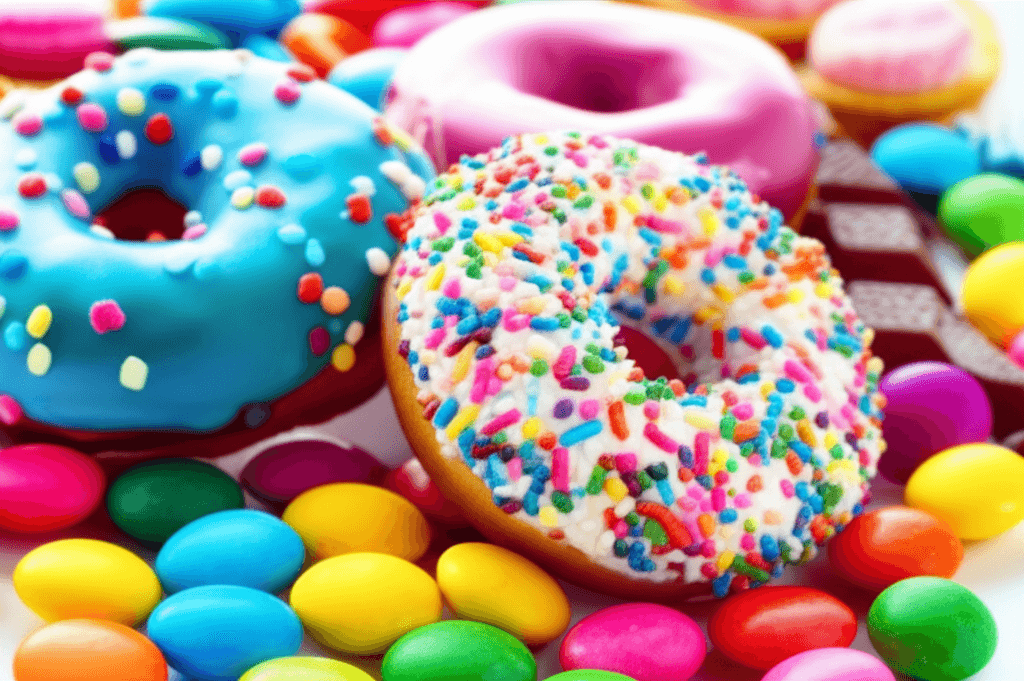
Sugary Foods: A Leading Offender
Sugar is frequently identified as a primary dietary contributor to cellulite. Its detrimental effects are multifaceted:
- Inflammation and Glycation: Sugar causes inflammation in the body and can lead to a process called glycation, where excess sugar binds to collagen in the skin, making it rigid and less elastic. This can make the skin more susceptible to cellulite.
- Fat Accumulation: High sugar consumption leads to insulin spikes, which promote fat storage and accumulation in the body, particularly in areas prone to cellulite like the thighs and buttocks.
- Empty Calories: Sugary foods often provide excess, empty calories that can lead to weight gain, further contributing to fat deposits.
Foods to Avoid: This category includes obvious culprits like candies, chocolate bars, cookies, cakes, and fizzy drinks. Even “natural” alternatives like honey and agave syrup, which are rich in fructose, offer no real health advantage in this regard, and artificial sweeteners can even stimulate increased appetite.
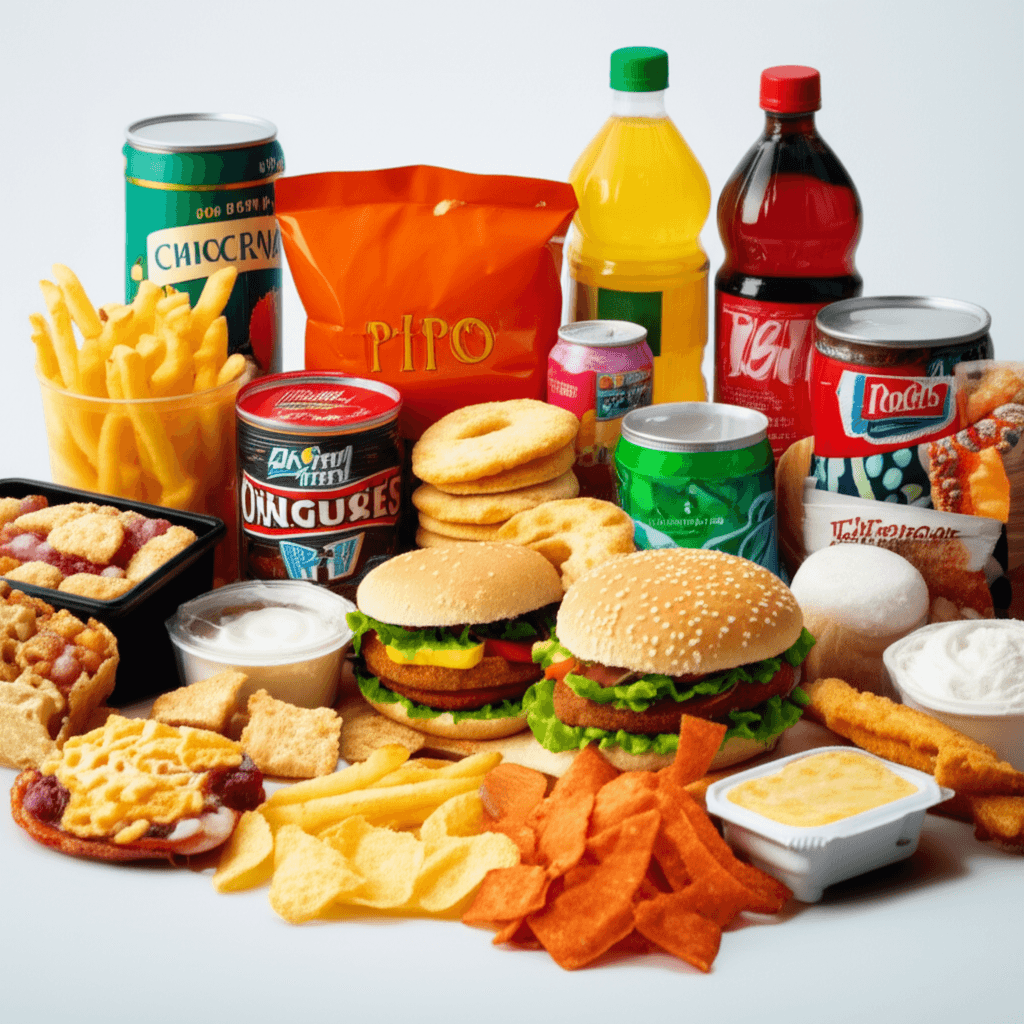
Processed and Ultra-Processed Foods: A Cocktail of Concerns
Processed and, even more so, ultra-processed foods are a major dietary factor in worsening cellulite. They are formulated with ingredients that can directly impact skin health and fat distribution:
- Unhealthy Fats: These foods are often loaded with trans fats, hydrogenated oils, and excessive saturated fats, which contribute to fat cell buildup, promote free radical damage, and increase inflammation.
- Refined Carbohydrates and Sugars: They frequently contain refined carbohydrates and high amounts of added sugars, exacerbating the issues discussed above.
- High Sodium Content: Processed foods are typically high in sodium, which causes water retention, making cellulite more visible.
- Chemical Additives: Ultra-processed foods may contain questionable chemicals like stabilizers, emulsifiers, flavorings, and even microplastics from packaging, which can act as endocrine disruptors and contribute to fat accumulation and hormone disruption.
- Lack of Nutrients: They are often poor in essential nutrients like enzymes, vitamins, polyphenols, and fiber, which are crucial for skin health and combating cellulite.
Foods to Avoid: Fast foods (burgers, fried chicken, pizza), processed meats (sausages), processed cheeses, canned soups, snack foods (chips, crackers), margarine, and many pre-packaged meals fall into this category.
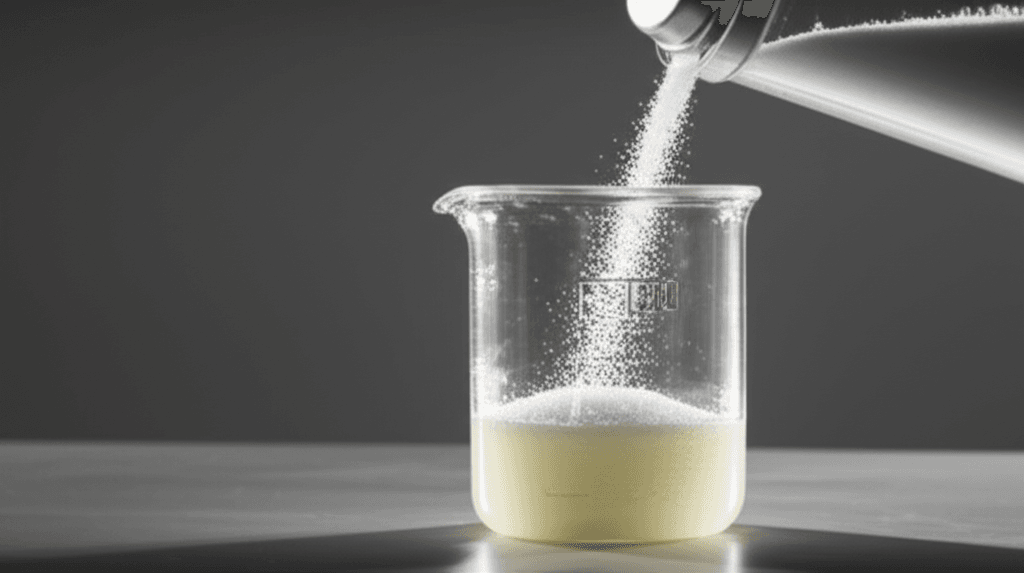
Refined Carbohydrates: Quick Conversion to Trouble
Beyond just sugary items, refined carbohydrates quickly convert to sugar in the body, leading to rapid blood sugar spikes and subsequent insulin surges. This contributes to:
- Fat Accumulation: Insulin spikes signal the body to store fat, which can increase the fat deposits that cause cellulite.
- Inflammation: Chronic inflammation is linked to enlarged fat cells and fluid retention, worsening cellulite’s appearance.
Foods to Avoid: Common examples include white bread, white pasta, white rice, and pastries. Opting for whole grains can make a significant difference in overall health and potentially in the appearance of cellulite.
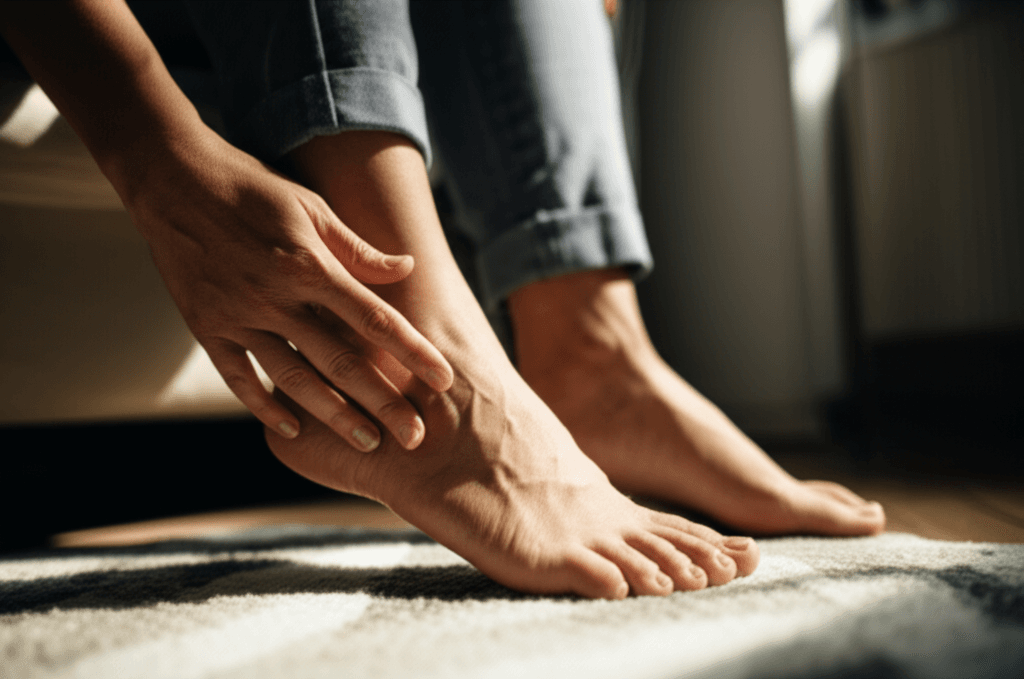
Excessive Sodium (Salt): Fluid Retention and Swelling
A diet high in salt contributes to water retention in the body, which can make cellulite more noticeable. The kidneys struggle to remove excess water with high sodium intake, leading to fluid accumulation and swelling in tissues, thereby accentuating the dimpled appearance of cellulite.
Foods to Avoid: Many processed foods, cured meats, certain cheeses, sauces, and salty snacks are high in sodium. Being mindful of hidden salt in packaged goods is crucial.
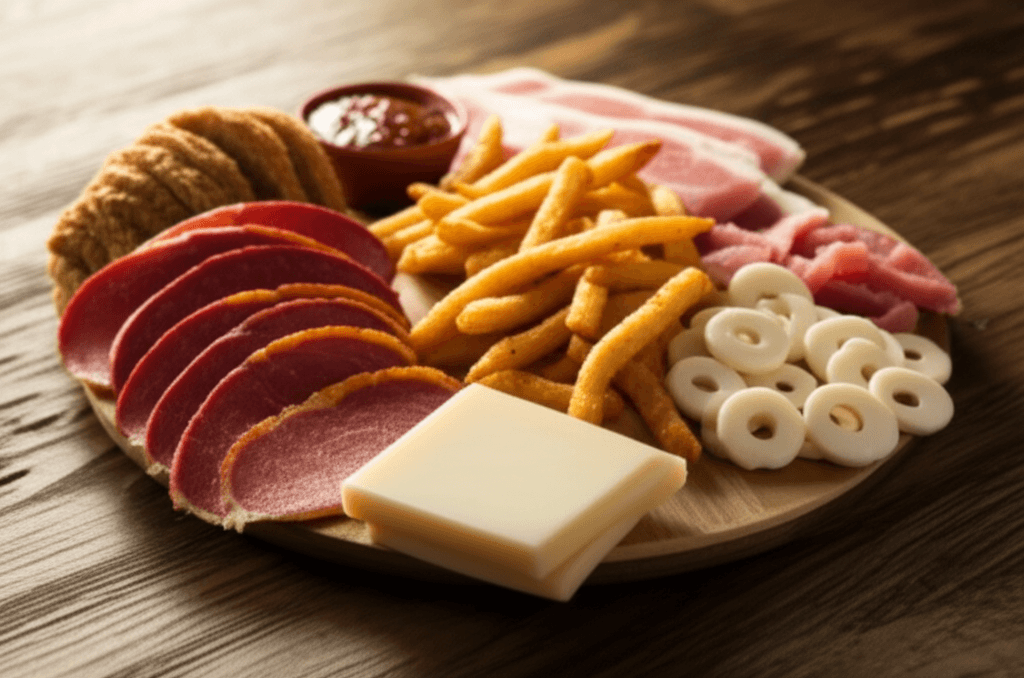
Unhealthy Fats: Beyond Just Calories
While healthy fats are essential for overall health, unhealthy fats can aggravate cellulite:
- Saturated and Trans Fats: These fats, often found in fried foods and processed items, contribute to the buildup of fat cells and can promote inflammation and free radical damage. Hydrogenated oils, in particular, can negatively impact skin elasticity.
- Increased Fat Content: Frying foods significantly increases their fat content, adding to overall calorie excess and fat accumulation.
Foods to Avoid: Fried foods, hydrogenated oils (found in many processed snacks and margarines), fatty cuts of red meat, whole-milk dairy products, butter, and lard are examples of fats that can worsen cellulite.
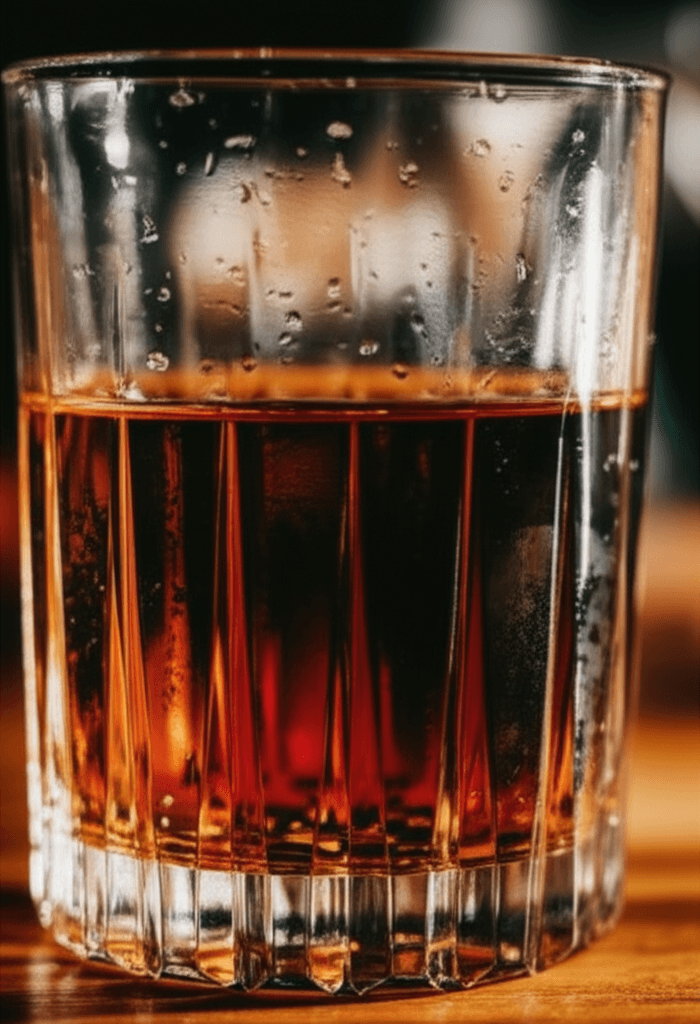
Alcohol: Dehydration and Metabolic Disruption
Alcohol can worsen the appearance of cellulite through several mechanisms:
- Dehydration and Water Retention: Alcohol dehydrates the skin, making it less supple and accentuating cellulite. Paradoxically, it also causes water retention, further contributing to the lumpy appearance.
- Empty Calories and Fat Storage: Alcoholic drinks provide empty calories, and excessive consumption can lead to weight gain and increased fat accumulation.
- Hormonal Effects: Alcohol can affect hormone levels, including estrogen, which plays a role in cellulite formation.
- Impaired Circulation: Alcohol can constrict blood vessels, leading to reduced blood flow, which impacts skin health and can worsen cellulite.
Worst Offenders: Sugary cocktails, beer (high in carbohydrates and empty calories), sweet wines, and fortified wines are particularly problematic.
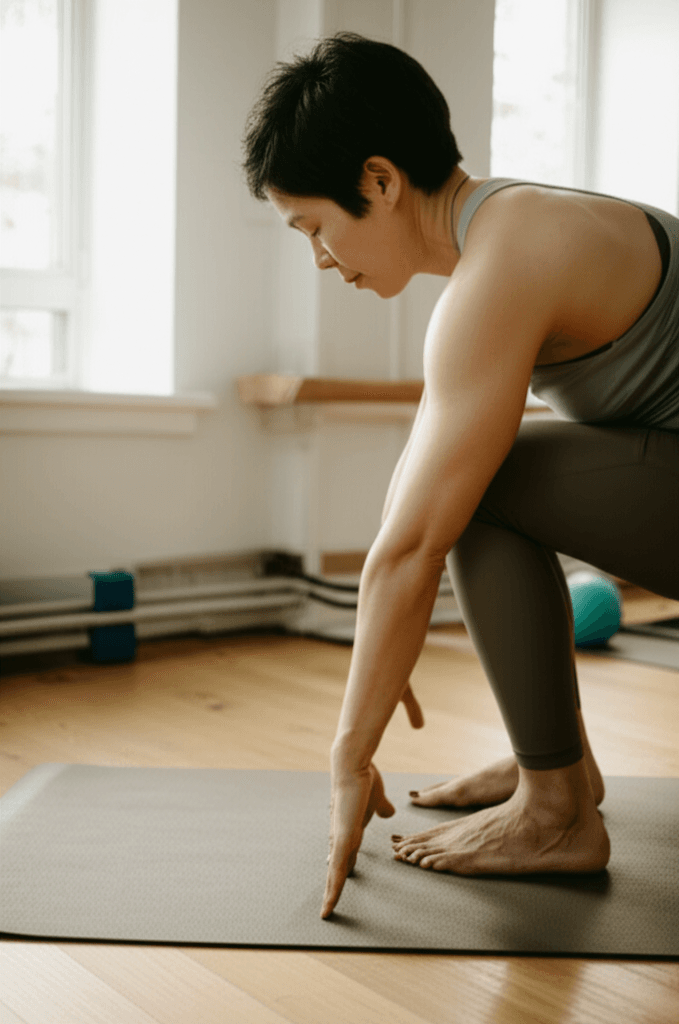
Beyond Diet: Other Contributing Factors
While dietary changes are impactful, it’s important to remember that cellulite is influenced by a combination of factors:
- Genetics: Your genetic makeup plays a significant role in fat distribution and skin texture.
- Hormones: Hormonal fluctuations, particularly estrogen, can affect cellulite.
- Age: As you age, skin loses elasticity, which can make cellulite more evident.
- Lack of Physical Activity: A sedentary lifestyle can lead to weight gain, poor circulation, and reduced muscle tone, all of which contribute to cellulite.
- Dehydration: Insufficient water intake can weaken the skin and hinder toxin elimination, impacting cellulite.
- Sudden Weight Changes: Both rapid weight gain and loss can affect the appearance of cellulite.
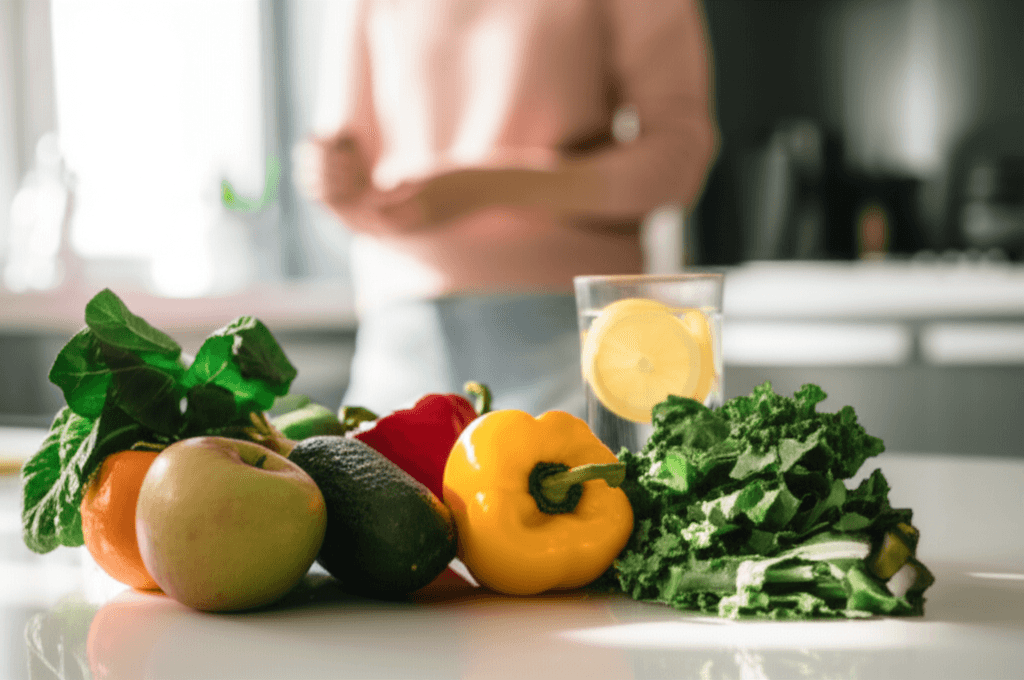
Towards Smoother Skin: Dietary Shifts
While no single food or diet can completely eliminate cellulite, making informed food choices can significantly reduce its appearance. Focusing on a balanced, nutrient-rich diet with whole, unprocessed foods is key. Incorporate plenty of fresh fruits (especially berries), vegetables, lean proteins, healthy fats (like those found in avocados, nuts, and olive oil), and whole grains. Staying well-hydrated by drinking ample water throughout the day is also crucial for maintaining skin elasticity and flushing out toxins. By being mindful of the foods listed above, you can take a proactive step toward improving your skin’s appearance and overall well-being.






